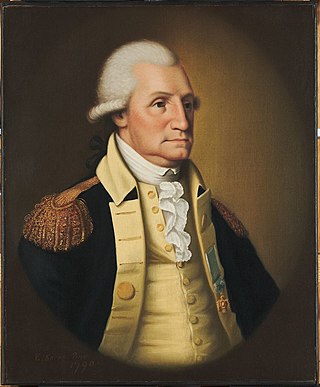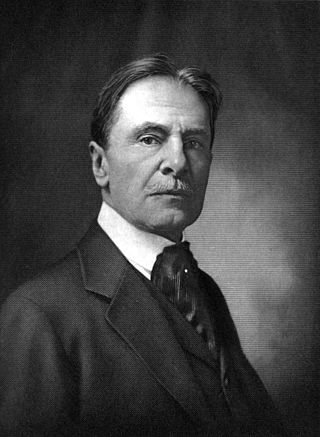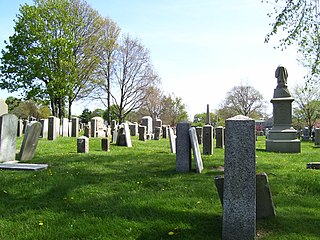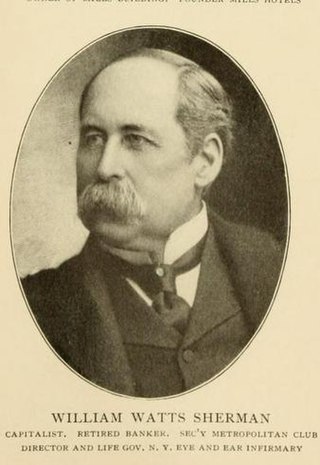This article relies largely or entirely on a single source .(October 2017) |
Dr. Henry Edward Turner (1816 - 1897) was a prominent physician and horticulturalist in Newport, Rhode Island in the late 19th century.
This article relies largely or entirely on a single source .(October 2017) |
Dr. Henry Edward Turner (1816 - 1897) was a prominent physician and horticulturalist in Newport, Rhode Island in the late 19th century.
Turner was the son of James Varnum Turner and Catharine Turner (née Greene) and the brother of William Greene Turner (1833-1917) a noted sculptor who served an officer in the Union Army during the Civil War. Another brother, Charles W. Turner, served as commander of the Artillery Company of Newport from 1858 to 1860 and as a Captain in the 2nd Rhode Island Infantry in 1861.
He was the grandson of Dr. Peter Turner (1751-1822) who served as a surgeon in the 1st Rhode Island Regiment during the American Revolution. Peter Turner was an Original Member of the Rhode Island Society of the Cincinnati. Henry Turner was also a descendant of Roger Williams. [1]
He was a cousin of Commodore Peter Turner (1803-1871), who served in the U.S. Navy in the early to middle 19th Century. He was probably also a relation of Captain Daniel Turner who distinguished himself at the Battle of Lake Erie.
Turner was a physician by profession and served as a civilian contract surgeon at Fort Adams in Newport during the American Civil War. Prior to the Civil War, he served as surgeon of the Artillery Company of Newport.
He became a hereditary member of the Rhode Island Society of the Cincinnati in 1877 and was a charter member of the Rhode Island Society of the Sons of the Revolution. [1]
Turner was active in numerous organizations including the Newport School Committee, Newport Historical Society and the Artillery Company of Newport. [1]
He was memorialized in the First Record Book of the Sons of the Revolution in the State of Rhode Island, 1896-1898.
He is buried in the Island Cemetery in Newport.

The Society of the Cincinnati is a fraternal, hereditary society founded in 1783 to commemorate the American Revolutionary War that saw the creation of the United States. Membership is largely restricted to descendants of military officers who served in the Continental Army.

Perry Belmont was an American politician and diplomat. He served four terms in the U.S. House of Representatives from 1881 to 1888.

Christopher Raymond Perry was an officer in the United States Navy who was appointed Chief Justice of the Court of Common Pleas for Washington County, Rhode Island, in 1780 and served until 1791. He was the father of Oliver Hazard Perry and Matthew Calbraith Perry.

James Mitchell Varnum was an American legislator, lawyer, general in the Continental Army, and a pioneer to the Ohio Country.

Fort Adams is a former United States Army post in Newport, Rhode Island, that was established on July 4, 1799, as a First System coastal fortification, named for President John Adams, who was in office at the time. Its first commanding officer was Captain John Henry who was later instrumental in starting the War of 1812. The current Fort Adams was built between 1824 and 1857 under the Third System of coastal forts; it is part of Fort Adams State Park today.

Charles Warren Lippitt was an American politician and the 44th Governor of Rhode Island.
John Crane was a participant in the Boston Tea Party and a soldier during the American Revolutionary War.

Asa Bird Gardiner was a controversial American soldier, attorney, and district attorney for New York County from 1898 to 1900.

Elisha Dyer Jr. was a Rhode Island politician who was 45th Governor of Rhode Island from 1897 to 1900. He was the son of Elisha Dyer, Governor of Rhode Island from 1857 to 1859.

William Greene Turner was an American sculptor.

The Newport Artillery Company of Newport, Rhode Island was chartered in 1741 by the Rhode Island General Assembly during the reign of King George II of Great Britain. It is the oldest military unit in the United States operating under its original charter, and the company maintains a museum in its historic armory. The company has served in wars ranging from the French and Indian War to the First World War. Individual members of the Company have served in every war fought by the United States.

The Common Burying Ground and Island Cemetery are a pair of separate cemeteries on Farewell and Warner Street in Newport, Rhode Island. Together they contain over 5,000 graves, including a colonial-era slave cemetery and Jewish graves. The pair of cemeteries was added to the National Register of Historic Places as a single listing in 1974.

John Nicholas Brown II was the United States Assistant Secretary of the Navy (AIR) from 1946 to 1949. He was a member of the Brown family that had been active in American life since before the American Revolution and who were the major early benefactors of Brown University.
Fort Wolcott was a fortification on the small Goat Island in Newport Harbor of Narragansett Bay less than 1 mile west of the city of Newport, Rhode Island. The attacks on HMS St John and HMS Liberty occurred near the fort.

William Watts Sherman was a New York City businessman and the treasurer of the Newport Casino. In 1875–1876 he had the William Watts Sherman House constructed in Newport, Rhode Island.

William Greene Sr. was a governor of the Colony of Rhode Island and Providence Plantations. He was a clerk of the county court in Providence, deputy from Warwick, speaker of the Rhode Island Assembly, and then deputy governor from 1740 to 1743. He became governor for the first time in 1743 and served four separate terms for a total of 11 years, and died while in office during his final term.

William Greene Jr. was an American Statesman who served as the second governor of the state of Rhode Island, serving in this capacity for eight years, five of which were during the American Revolutionary War. From a prominent Rhode Island family, his father, William Greene Sr., had served 11 terms as a colonial governor of Rhode Island. His great-grandfather, John Greene Jr. served for ten years as deputy governor of the colony, and his great-great-grandfather, John Greene Sr. was a founding settler of both Providence and Warwick.

Alfred Brooks Fry, was a marine, mechanical and civil engineer. He was head of the New York Naval Militia and served on active duty during the Spanish–American War and World War I. He was chief engineer of the United States Post Office., supervising engineer for the Port of New York. and chief superintendent of United States public buildings in New York City.

William Tinninghast Bull was an American college football player and coach, who later became a physician.

The Perry family is an American naval and political dynasty from Rhode Island whose members have included several United States naval commanders, naval aviators, politicians, artists, clergymen, lawyers, physicians, and socialites. Progeny of a mid-17th-century English immigrant to South Kingstown, Rhode Island, the Perry family patriarch, Captain Christopher Raymond Perry, and his two sons Commodore Oliver Hazard Perry and Commodore Matthew C. Perry, were seminal figures in the legitimization of the United States Navy and establishment of the United States Naval Academy.